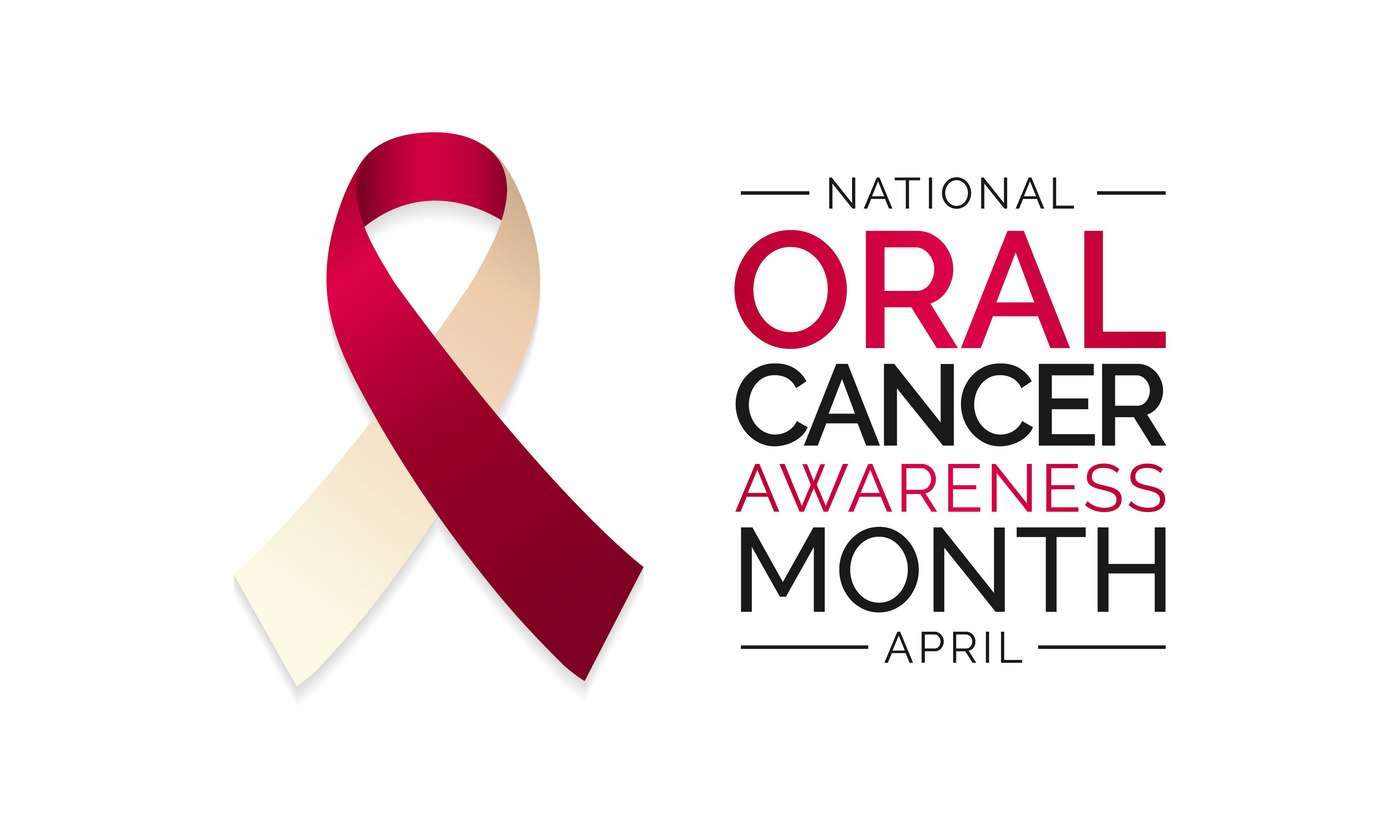Oral Cancer is on the rise


April is Oral Cancer Awareness month. Early detection saves lives! I thought it would be the perfect time to discuss CDT codes related to early detection of oral cancer. This article will address code D0431 and editorial revisions to the descriptors of D0120 and D0150 for CDT 2021.
Editorial revisions to D0120 and D0150 for CDT 2021
An editorial revision does not change the meaning or intended usage of the code but rather makes it more clear. Editorial revisions to the descriptor of codes D0120 and D0150 were made for CDT 2021 to make it clear that an oral cancer evaluation is part of the evaluation.
D0120 periodic oral evaluation – established patient
An evaluation performed on a patient of record to determine any changes in the patient’s dental and medical health status since a previous comprehensive or periodic evaluation. This includes an oral cancer evaluation, periodontal screening where indicated, and may require interpretation of information acquired through additional diagnostic procedures. Report additional diagnostic procedures separately.
The word “and” was deleted and replaced with a comma in the following sentence of the descriptor: This includes an oral cancer evaluation “and” periodontal screening where indicated,… makes it clear that an oral cancer evaluation is expected to be part of the periodic oral evaluation. This oral cancer evaluation is not a separate procedure.
D0150 comprehensive oral evaluation – new or established patient
Used by a general dentist and/or a specialist when evaluating a patient comprehensively. This applies to new patients; established patients who have had a significant change in health conditions or other unusual circumstances, by report, or established patients who have been absent from active treatment for three or more years. It is a thorough evaluation and recording of the extraoral and intraoral hard and soft tissues. It may require interpretation of information acquired through additional diagnostic procedures. Additional diagnostic procedures should be reported separately. This includes an evaluation for oral cancer, the evaluation and recording of the patient’s dental and medical history and a general health assessment. It may include the evaluation and recording of dental caries, missing or unerupted teeth, restorations, existing prostheses, occlusal relationships, periodontal conditions (including periodontal screening and/or charting), hard and soft tissue anomalies, etc.
The words, “where indicated” were deleted from the following sentence in the descriptor: This includes an evaluation for oral cancer “where indicated”, the evaluation and recording of the patient’s dental and medical history and a general health assessment.make it clear that the comprehensive oral evaluation includes an oral cancer evaluation. This oral cancer evaluation is not a separate procedure.
How do we document the use of a screening device for oral cancer?
The use of a device as an additional screening method, beyond the oral cancer evaluation included in the oral evaluation, is a separate procedure and may be documented as such. The code D0431 is the appropriate code to document and report this additional screening procedure.
D0431 adjunctive pre-diagnostic test that aids in detection of mucosal abnormalities including premalignant and malignant lesions, not to include cytology or biopsy procedures
The use of screening devices such as VelscopeⓇ, IdentifiⓇ, and oralIDⓇ can aid in early detection and diagnosis of oral cancer. These devices use fluorescence technology that enhances visualization beyond what the eye can see. The results of this screening can then be used to determine the need to refer the patient for further testing, evaluation and diagnosis.
What should dentists charge for D0431?
Some practices charge a nominal fee for D0431 while others do not charge at all. It is a valuable and billable procedure. The fee charged is a practice decision.
Does dental insurance cover D0431?
The answer is possibly. We are seeing more dental plans consider reimbursement for D0431. I highly recommend that you submit the procedure, regardless of coverage. The more we submit D0431, the greater chance of dental plans adding this procedure to their benefits.
Some medical plans may consider this procedure. Contact the medical payer for coverage verification prior to submission. Coding guidelines are that the code that best describes the procedure performed should be reported. In this and many other instances, the CDT code is the most specific code. If allowed by the payer, report D0431 for the procedure. When a CPT procedure code is required by the medical payer, report CPT code 82397 Chemiluminescent assay.
The medical payer will require at least one diagnosis code be reported on the medical claim form. Documentation must be specific and thorough. Only diagnoses codes that can be supported by the clinical documentation can be reported. The following ICD-10-CM may be reported, when applicable:
Z12.81 Encounter for screening for malignant neoplasm of oral cavity
The above diagnosis code is not the only possibility. Be sure to verify with the treating doctor and the clinical documentation before applying any diagnostic code. Multiple diagnoses codes may apply.
Let’s join together as a dental community to raise awareness of oral cancer
We, as dental professionals, can raise awareness in April and all year long in a variety of ways. With it being Oral Cancer Awareness month, I invite you to join our team at Dental ClaimSupport in this effort. To learn more about ways you can be involved below are a couple of resources:
Current Dental Terminology, © 2020 American Dental Association. All rights reserved.

Related Posts
Dental revenue resources from Dental Claim Support
